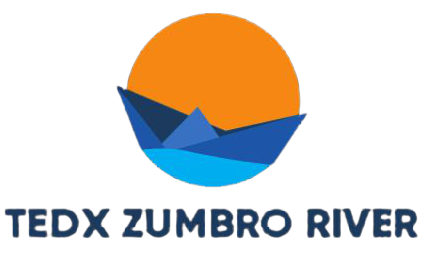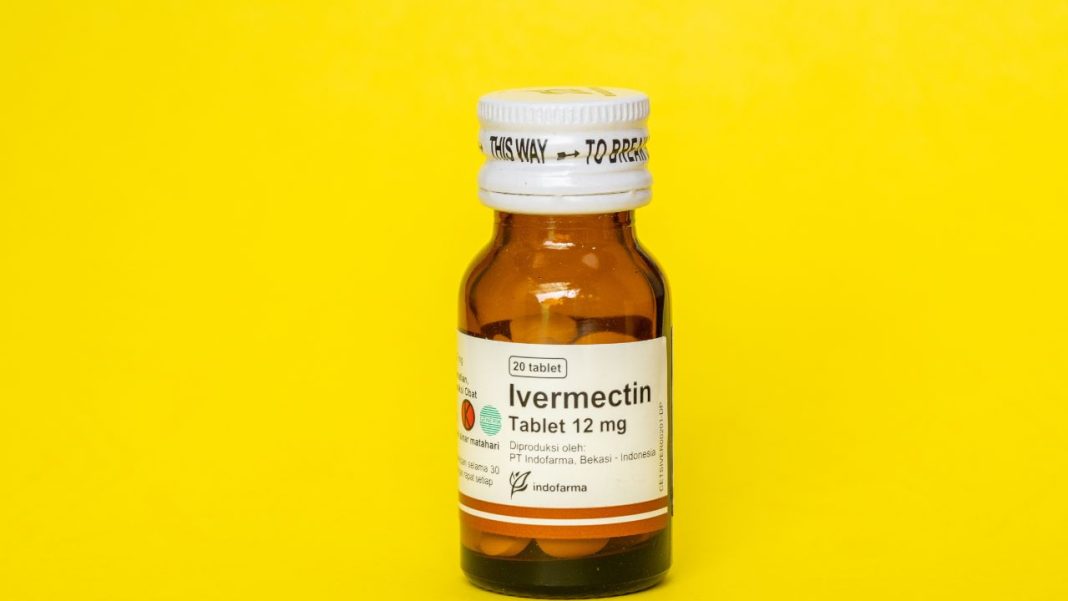Tablet bottle labeling has evolved significantly over the years, driven by advancements in technology and the growing demands of the pharmaceutical industry. As the market for pharmaceutical products expands, the need for efficient, accurate, and compliant labeling solutions has become paramount.
This article explores the key developments in tablet bottle labeling technology, highlighting the innovations that have transformed the industry.
Automation in Labeling Processes
The introduction of automation has revolutionized tablet bottle labeling. Automated labeling machines have replaced manual processes, leading to increased efficiency and reduced labor costs. These machines can handle high-speed production lines, ensuring that labels are applied consistently and accurately.
- Increased Speed: Automated machines can label thousands of bottles per hour, significantly improving production rates.
- Consistency: Automation ensures that labels are applied uniformly, reducing the risk of errors.
- Integration: Modern labeling machines can be integrated with other production line equipment, creating a seamless workflow.
Advanced Labeling Technologies
Recent advancements in labeling technologies have enhanced the capabilities of tablet bottle labeling systems. These technologies include:
- Digital Printing: Digital label printing allows for high-quality, customizable labels that can be produced on-demand. This flexibility is crucial for companies that need to adapt to changing regulations or product lines.
- RFID Technology: Radio Frequency Identification (RFID) tags can be embedded in labels, enabling real-time tracking of products throughout the supply chain. This technology enhances inventory management and reduces the risk of counterfeit products.
- Smart Labels: Smart labels equipped with QR codes or barcodes provide consumers with additional information about the product, such as dosage instructions and safety warnings. This feature improves user experience and compliance with regulations.
Compliance and Regulatory Standards
The pharmaceutical industry is heavily regulated, and labeling must comply with strict guidelines. Technological advancements have made it easier for manufacturers to meet these requirements.
- Regulatory Compliance: Modern labeling systems are designed to ensure compliance with local and international regulations, such as the FDA and EU guidelines.
- Quality Control: Advanced inspection systems can detect labeling errors, such as misaligned labels or incorrect information, before products leave the production line. This quality control reduces the risk of recalls and enhances consumer safety.
Sustainability in Labeling
As environmental concerns grow, the pharmaceutical industry is increasingly focusing on sustainable practices. Technological developments in labeling have contributed to this shift.
- Eco-Friendly Materials: Manufacturers are now using biodegradable and recyclable materials for labels, reducing their environmental impact.
- Reduced Waste: Automated systems minimize label waste by optimizing the use of materials and reducing errors during the labeling process.
Future Trends in Tablet Bottle Labeling
Looking ahead, several trends are likely to shape the future of tablet bottle labeling technology.
- Artificial Intelligence: AI can enhance labeling processes by predicting maintenance needs and optimizing production schedules.
- Blockchain Technology: Implementing blockchain can improve traceability and transparency in the supply chain, ensuring that products are authentic and safe.
- Personalization: As consumer demand for personalized products grows, labeling technology will need to adapt to allow for customized labels that cater to individual preferences.
Conclusion
In conclusion, the technological development of tablet bottle labeling has transformed the pharmaceutical industry, enhancing efficiency, compliance, and sustainability. As technology continues to advance, the future of tablet bottle labeling looks promising, with innovations that will further improve the way products are labeled and tracked.




